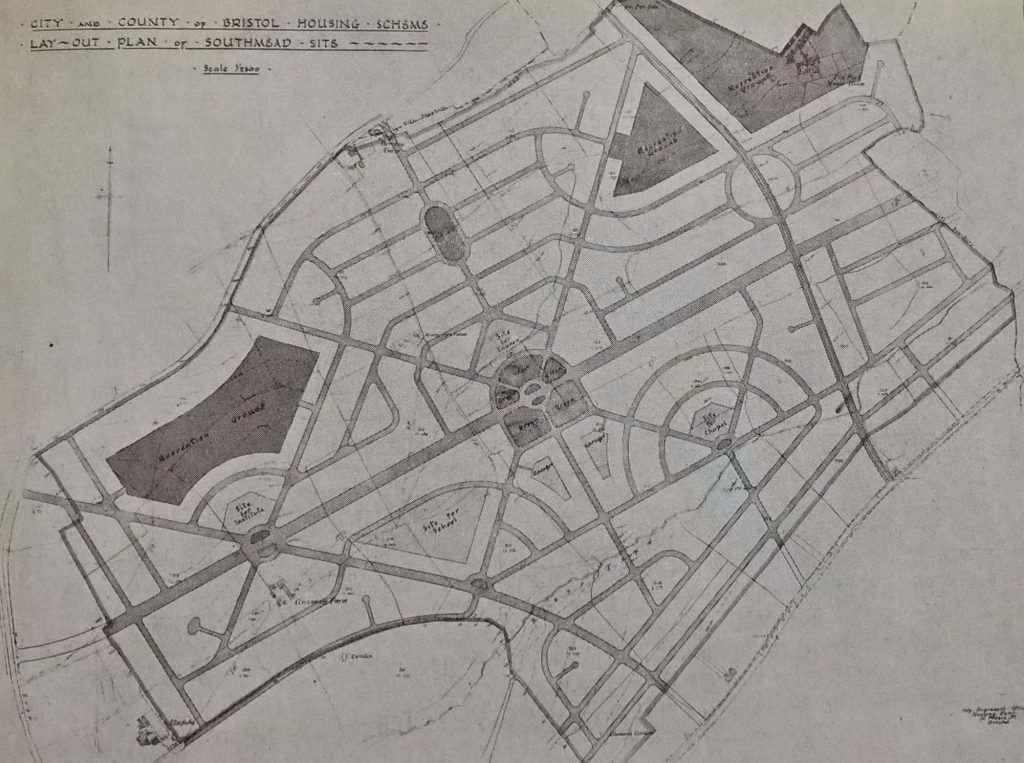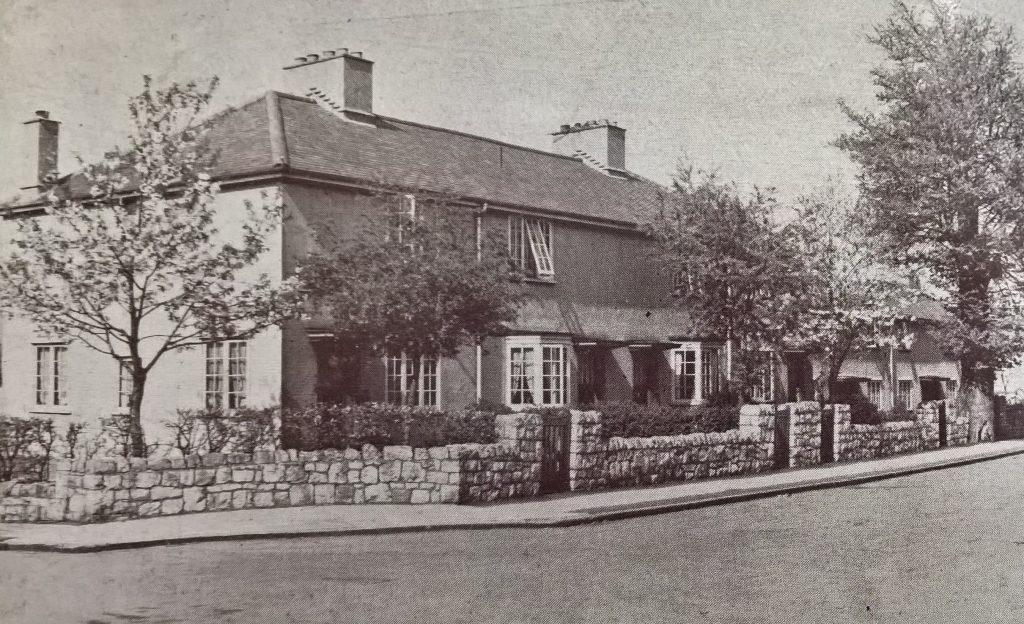
Bristol Housing Report: 1930 Part 2
In the previous post on the 1930 Housing Report we listed the post-1919 estates and other council housing sites referred to in the document.
The report provides an overview of all that had been achieved to date as the result of the post-war housing Acts.
Before the war, a total of 74 working-men’s dwellings had been built at sites on Fox Road, Mina Road, Chapel Street, Braggs Lane, Millpond Avenue and Fishponds Road. The Sanitary Committee handed responsibility of these over to the Housing Committee in 1925. In addition there was the common lodging house at Wade Street housing 123 men that had been built in 1905 under the provision of the Housing of the Working Classes Act 1890. At the time of the 1930 report this was still under the management of the Health Committee.
Since the war, extensive repair work had been carried out at various properties in the city under the powers of the 1919, 1923 and 1924 housing Acts. This included work paid for by private owners. Reconditioning was also carried out on behalf of Bristol Churches Tenements Association Ltd. The photos in the page reproduced below show the conditions of some of the older properties in the city centre.
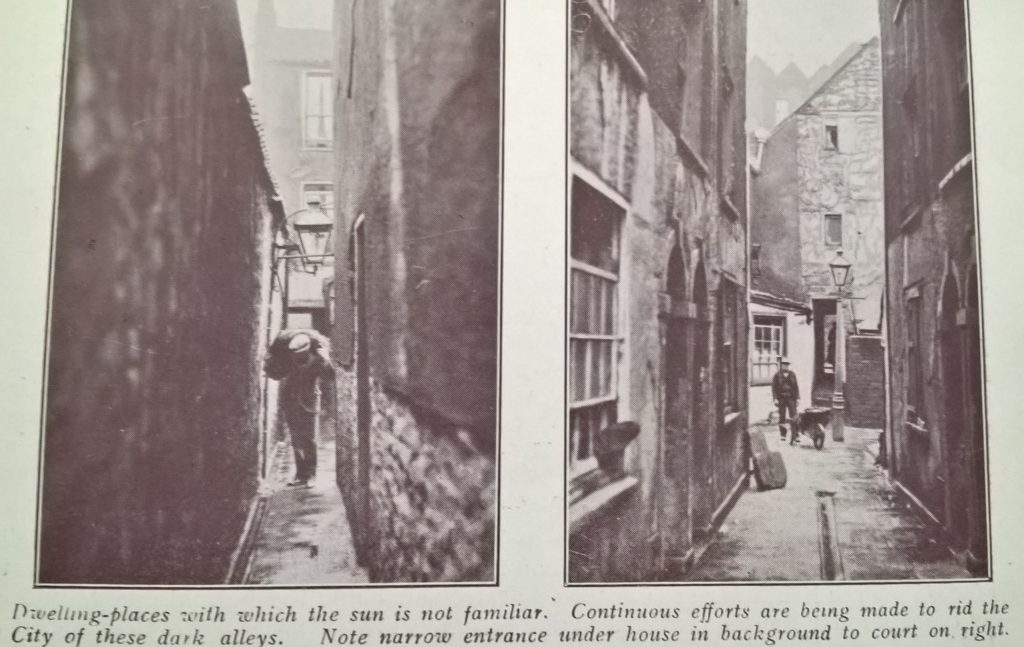
Since 1919, 971 dwellings had been demolished as unfit for human habitation – but, it was said, many hundreds more should have been.
Under the 1919 Act, the council approved a scheme to build 5,000 new homes. Christopher Addison, who was chiefly responsible for the 1919 Act, resigned from the Cabinet in 1921. In his annual report of 1922 (Bristol Reference Libary B11937, p9), Bristol’s City Engineer, Lessel S McKenzie, wrote:
‘[…] on the resignation of Dr Addison and the appointment of Sir Alfred Mond as his successor as Minister of Health, a very wise policy of marking time was adopted in view of the unnecessary and unwarranted high cost of building, and further contracts were sanctioned when the tenders reached the figure which the Ministry of Health considered reasonable[…]’
McKenzie had prepared the lay-out plans for the new estates, assisted by the Advisory Architect to the Housing Committee, C F G Dening. This ‘marking time’ left Fishponds [Hillfields], Sea Mills and Knowle only partly completed. Out of the original 5,000 planned, only 1,189 houses and 141 temporary dwellings (converted army huts) were built. The total cost of this provision was £1,293,146.
Under the 1923 Act, the council received less favourable terms from central government and cheaper construction methods were employed. A total of 1,615 properties were completed at a cost of £857,336.
State assistance was increased under the 1924 Act but the priority now was to build houses suitable for lower rents for lower wage owners. A total of 4,466 were provided at a cost of £2,564,140.
The costs of slum clearance schemes and non-government-assisted building schemes during this period came to £5,167,177.
Of all the properties built in this period, 951 were by labour directly employed by the council; the remainder were by contractors (of which William Cowlin & Son and Wilkins & Son were the biggest). Direct labour was engaged for schemes at St John’s Lane (pictured below), Rodney Road, Fishponds [Hillfields] Estate, Shirehampton Estate, Ridgway Road and Portway.
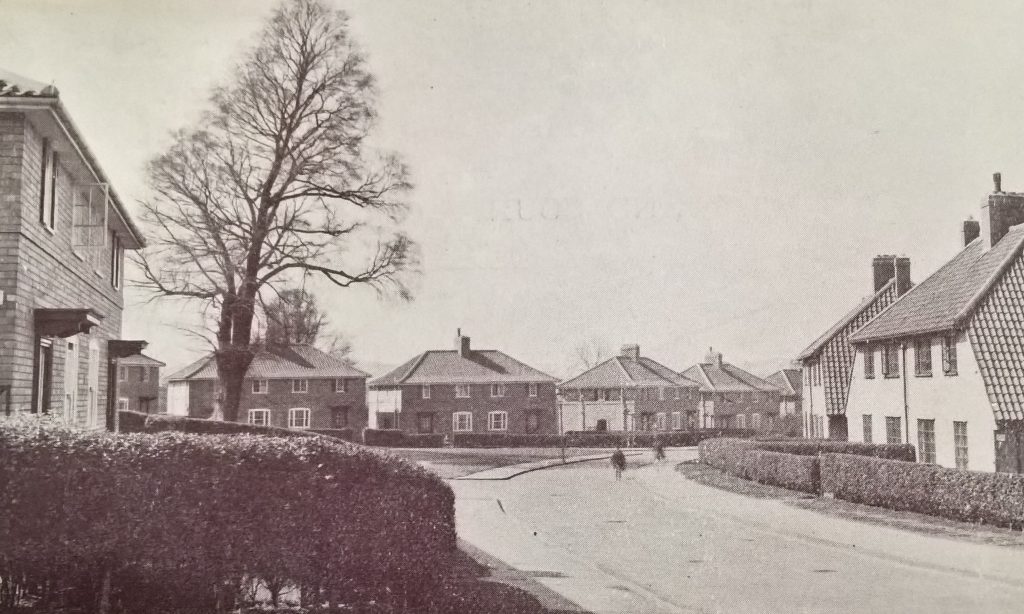
In addition direct labour was used to complete contracts in Fishponds and Horfield originally assigned to builders who were declared bankrupt. A total of 430 men were employed for direct labour on the housing schemes as at 31 March 1930 (the peak had been 1927 when 632 men were employed).
Most houses were built using ‘ordinary brick construction’ but there had been some experimentation to improve speed and address shortages of material and labour. These were: 250 houses at Sea Mills constructed with a steel-frame and concrete system known as Dorman Long; 28 houses in Pennant Stone, 50 in Bath Stone, 14 steel-frame with tile roofs (Dennis Wyld) and 50 all-steel (Braithwaite) at Speedwell; two Atholl steel houses at Knowle; and 1,118 Parkinson Kahn concrete constructions at Horfield and Sea Mills. No further departures from brick was anticipated at the time of the report.
Work was also carried out in the city in relation to the Public Health Acts, as this extract from the 1930 housing report shows.
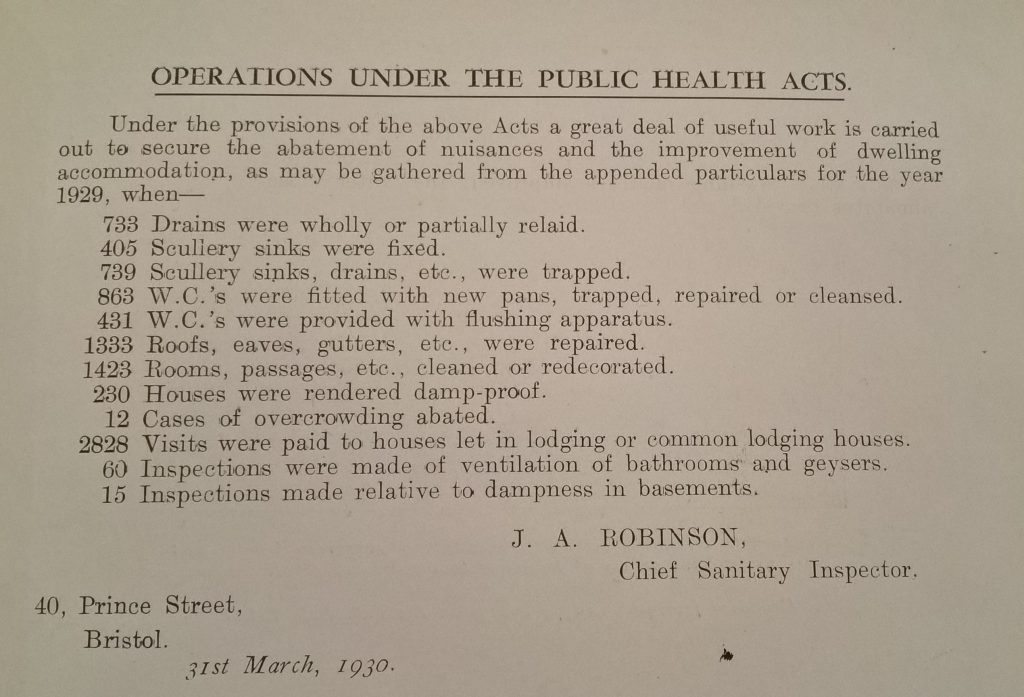
A H Claypoole, of the City Engineer’s Department, was responsible for the construction of 29 miles of road and 28 miles of sewers by direct labour on the new housing schemes.
The plan below is of the proposed estate at Southmead, the site of which had recently been acquired.
